The Staunton Design Chess Set Origins
The Staunton chessmen, recognized as the standard pattern for chess pieces in worldwide chess events under the auspices of the World Chess Federation (FIDE) and the United States Chess Federation, holds a rich history dating back to the 19th century.
The surge in chess popularity during the 19th century created a demand for a universal chess piece model. The conventional designs prevalent in the 15th century had diversified significantly by the early 19th century, with styles like the English Barleycorn, St. George, French Regence, and Selenus gaining popularity. Despite their variety, these conventional pieces were often tall, easily tipped, and lacked uniformity within a set, potentially impacting game outcomes due to players' unfamiliarity with opponent sets.
Recognizing the need for a universally recognized and user-friendly chess set, John Jaques of London, a renowned sport and games manufacturer since 1795, introduced the Staunton chess set in 1849. Named after the world champion, Howard Staunton, a Shakespearean scholar and author, the Staunton set aimed to provide a standardized and elegant solution to the diversity of chess pieces.
The Staunton pattern, first registered by Nathaniel Cook on March 1, 1849, marked a departure from earlier designs. The knight's design drew inspiration from the Greek horse of the Elgin Marbles in the British Museum, while the pieces embodied neoclassical styles, representing symbols of "respectable" Victorian society.
In September 1849, manufacturing rights were acquired by John Jaques, who produced the sets in both wood and ivory. The unweighted king measured 3.5 inches, while the weighted king was 4.4 inches in size. Jaques removed decorative features from earlier designs, making the new pattern more cost-effective.
The Staunton chess sets included ebony and boxwood sets weighted with lead for stability, with the underside covered in felt to create the illusion of pieces floating across the board. African ivory was also used for some sets, housed in a caron-pierre case with a facsimile of Staunton's signature.
Endorsed by Howard Staunton himself, the Staunton chess set gained widespread recognition. In 1924, FIDE selected it as the official set for international chess tournaments. However, by 1935, Jaques ceased production of ivory Staunton sets.
During World War II, the Jaques factory was enlisted to mass-produce chess sets for the troops, but it was later bombed by the Germans, leading to its destruction.
The enduring legacy of the Staunton chess set was further solidified in 1978 when, during the World Championship match in Baguio, Philippines, a Staunton set became urgently needed. A set was located in Manila and arrived just 15 minutes before the scheduled match, highlighting the set's iconic status in the world of chess.
The evolution of classic chess sets, notably the celebrated Staunton collection, is a captivating narrative intricately linked to the inventive minds behind their conception. While Nathaniel Cook is commonly attributed to the design, a fascinating twist suggests that it might have been the brainchild of his brother-in-law and company owner, John Jaques. The genesis of these iconic pieces can be traced back to a period when novel ideas found favour among an expanding class of educated and affluent individuals in London.
The design of the innovative chessmen drew inspiration from neoclassical architecture, steeped in the influences of Roman and Greek culture. These pieces became symbols of regality, adorned with a mitre, embodying the ideals of Victorian society. The knight, with clear classical lines reminiscent of the early Greek Elgin Marbles, projected an aura of power and security. Even the design of the pawns bore multiple influences, from the 'square and compasses' to the balconies of Victorian buildings in Birmingham.
One theory postulates that John Jaques, a master turner, experimented with a design that would be embraced by players and economically feasible. The synthesis of elements from existing sets resulted in a durable and aesthetically magnificent design, featuring universally recognizable emblems atop standard roots and bases. These pieces were not only elegant but also well-balanced and weighted, offering players a set that was both functional and visually appealing.
Debates among chess historians persist regarding whether the design originated from Cook's entrepreneurial spirit or Jaques' craftsmanship. It could be a fusion of both, with Cook's enterprising vision complementing Jaques' passion for turning. Irrespective of the origin, the Staunton design transcended the realm of mere gaming; it evolved into an art form resonating with players and enthusiasts alike.
Beyond the intricacies of design, the materials used in crafting these chess sets added to their allure. Ebony and boxwood models, weighted with lead for stability, provided a substantial feel. The meticulous craftsmanship, with the bottom of each piece covered in felt, created the illusion that the chessmen were gracefully floating across the board. Some sets even featured ivory pieces, often crafted from African ivory, elevating their status as luxury items.
The initial success of the Staunton chess set can be attributed to the strategic partnership between Nathaniel Cook and Howard Staunton, a renowned chess player and editor of the Illustrated London News. Cook's astute marketing move, backed by Staunton's endorsement, marked the beginning of utilizing a famous name to promote a commercial product. Introduced to the public on September 29, 1849, the chess set quickly became the standard for championship play, endorsed by the World Chess Federation in 1924 for all future national and international chess competitions.
The Staunton design not only holds historical significance but also played a pivotal role in popularizing chess. Its affordability made it accessible to people of various economic backgrounds, contributing to the widespread adoption of chess as both a recreational and competitive activity. The enduring appeal of the design lies in its well-balanced and easily recognizable pieces, making it the preferred choice for tournament play even after more than a century.
The journey of classic chess sets, epitomized by the Staunton design, unfolds through a tapestry of history, art, and craftsmanship. From the neoclassical influences of 19th-century London to the enduring legacy of a design synonymous with the game itself, each chess piece carries a rich heritage of innovation and tradition. As we continue to marvel at the timeless elegance of these sets, we also acknowledge their role in shaping the cultural landscape of chess for generations.
Additionally, for more in-depth information on the Staunton design and its historical significance, you may refer to the relevant articles on Wikipedia or other authoritative sources on chess history:



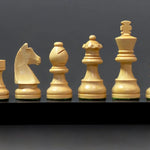
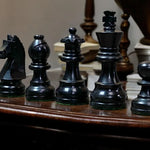
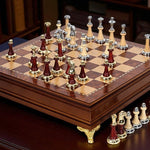
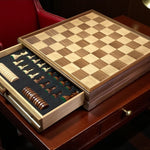
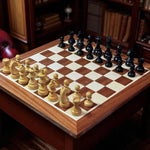


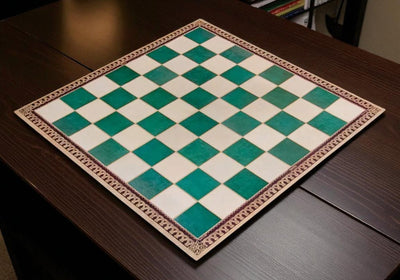
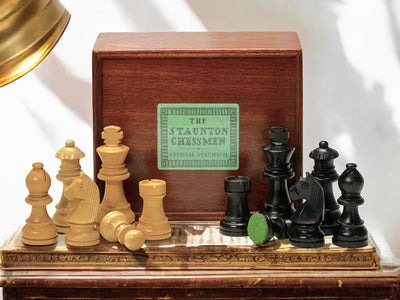
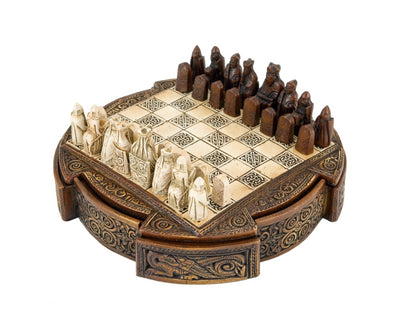
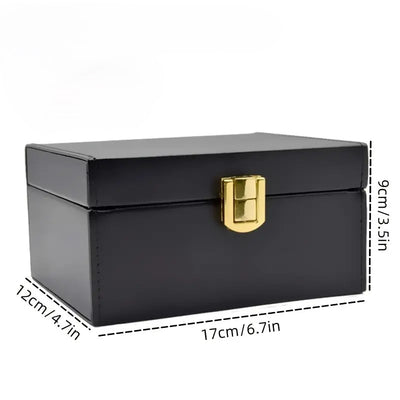
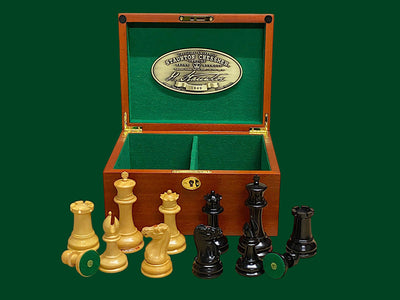
Leave a comment